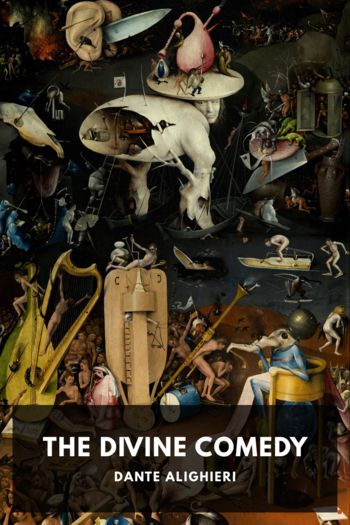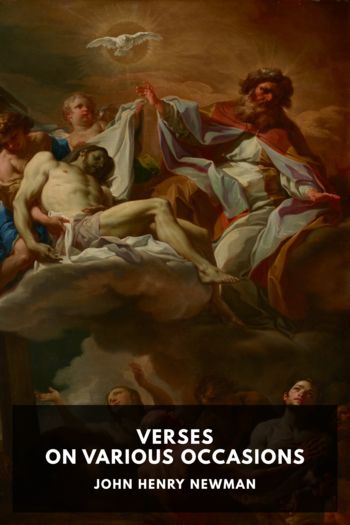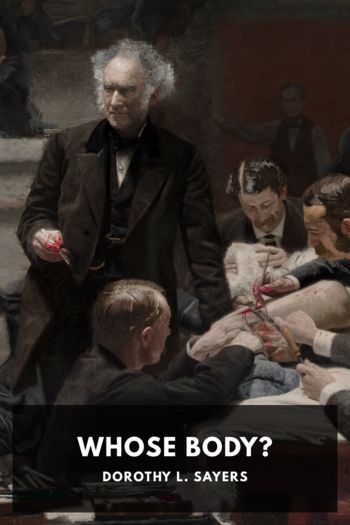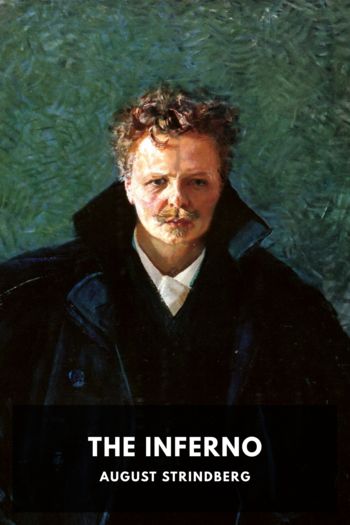The Divine Comedy by Dante Alighieri (13 inch ebook reader .txt) 📕

- Author: Dante Alighieri
Book online «The Divine Comedy by Dante Alighieri (13 inch ebook reader .txt) 📕». Author Dante Alighieri
“Bernard had his wish. He made Clairvaux the cynosure of all contemplative eyes. For any one who could exist at all as a monk, with any satisfaction to himself, that was the place above all others. Brother Godfrey, sent out to be first Abbot of Fontenay—as soon as he has set all things in order there, returns, only too gladly, from that rich and lovely region, to re-enter his old cell, to walk around, delightedly revisiting the well-remembered spots among the trees or by the waterside, marking how the fields and gardens have come on, and relating to the eager brethren (for even Bernard’s monks have curiosity) all that befell him in his work. He would sooner be third Prior at Clairvaux, than Abbot of Fontenay. So, too, with Brother Humbert, commissioned in like manner to regulate Igny Abbey (fourth daughter of Clairvaux). He soon comes back, weary of the labor and sick for home, to look on the Aube once more, to hear the old mills go drumming and droning, with that monotony of muffled sound—the associate of his pious reveries—often heard in his dreams when far away; to set his feet on the very same flagstone in the choir where he used to stand, and to be happy. But Bernard, though away in Italy, toiling in the matter of the schism, gets to hear of his return, and finds time to send him across the Alps a letter of rebuke for this criminal self-pleasing, whose terrible sharpness must have darkened the poor man’s meditations for many a day.
“Bernard had further the satisfaction of improving and extending monasticism to the utmost; of sewing together, with tolerable success, the rended vesture of the Papacy; of suppressing a more popular and more Scriptural Christianity, for the benefit of his despotic order; of quenching for a time, by the extinction of Abelard, the spirit of free inquiry; and of seeing his ascetic and superhuman ideal of religion everywhere accepted as the genuine type of Christian virtue.”
↩
The Veronica is the portrait of our Saviour impressed upon a veil or kerchief, preserved with great care in the church of the Santi Apostoli at Rome. Collin de Plancy, Légendes des Saintes Images, p. 11, gives the following account of it:—
“Properly speaking, the Veronica (vera icon) is the true likeness of Our Lord; and the same name has been given to the holy woman who obtained it, because the name of this holy woman was uncertain. According to some, she was a pious Jewess, called Seraphia; according to others, she was Berenice, niece of Herod. It is impossible to decide between the different traditions, some of which make her a virgin, and others the wife of Zaccheus.
“However this may be, the happy woman who obtained the venerable imprint of the holy face lived not far from the palace of Pilate. Her house is still shown to pilgrims at Jerusalem; and a Canon of Mayence, who went to the Holy Land in 1483, reported that he had visited the house of the Veronica.
“When she saw Our Lord pass, bearing his cross, covered with blood, spittle, sweat, and dust, she ran to meet him, and, presenting her kerchief, tried to wipe his adorable face. Our Lord, leaving for an instant the burden of the cross to Simon the Cyrenean, took the kerchief, applied it to his face, and gave it back to the pious woman, marked with the exact imprint of his august countenance.”
Of the Veronica there are four copies in existence, each claiming to be the original; one at Rome, another at Paris, a third at Laon, and a fourth at Xaen in Andalusia. The traveller who has crossed the Sierra Morena cannot easily forget the stone column, surmounted by an iron cross, which marks the boundary between La Mancha and Andalusia, with the melancholy stone face upon it, and the inscription, “El verdadero Retrato de la Santa Cara del Dios de Xaen.” ↩
The Virgin Mary, Regina Coeli. ↩
The chariot of the sun. ↩
St. Bernard, absorbed in contemplation of the Virgin. ↩
Eve. St. Augustine, Serm. 18 “De Sanctis,” says: “Ilia percussit, ista sanavit.” ↩
Rachel is an emblem of Divine Contemplation. Inferno II 101, Beatrice says:—
“And came unto the place
Where I was sitting with the ancient Rachel.”
↩
Ruth the Moabitess, ancestress of King David. ↩
“Have mercy upon me,” are the





Comments (0)